MARKET PERSPECTIVE
By J Mulraj
Dec 28, 2025 – Jan 3. 2025
Hope for more trade and less war
The new year, 2025, has begun with potentially huge changes in geopolitics, in trade and economics, in technology led transitions and in global finance. A lot of these will be caused by the ascent, for the second time, of Donald Trump, to the leadership of USA, the world’s largest economy. Trying to anticipate the moves of so mercurial a character is slippery, even with a crystal ball. But let’s try it anyways.
Will Trump wield the hammer? Or will he push for a peaceful dove?
Geopolitics: In his election campaign, Trump has promised to end the Ukraine war immediately on assuming office, which he does on Jan 20, 2025, and later, the one in the Middle East. He has proposed, as a part of the negotiated solution for the first, that Ukraine does not seek NATO membership for two decades. Putin is unhappy with that; he does want NATO armaments on Russia’s borders and Ukraine provides a buffer. That, after all, was agreed to by USA/NATO, when the erstwhile Soviet Union was broken up and the Berlin Wall was demolished, unifying Germany.
The Ukraine war would end, for without US help, financial and military, it has to; though perhaps not in a day, as Trump had averred. A source of funding for Ukraine, viz using its pipelines to supply Russian gas to EU, has dried up after the end of contractual obligations, and Russia’s understandable refusal to renew it. Interestingly, a weakened EU, bereft of cheap Russian oil/gas, which has weakened EU economies, (and facing a freezing winter with low stocks of gas) nonetheless passed a directive, called CSDDD, or Corporate Sustainability Due Diligence Directive, under which it can penalise countries upto 5% of revenue for using forced labor or damaging environment. Unsurprisingly, Qatar, the #3 supplier of natural gas to EU, has threatened to stop supplying gas to EU if it threatens to collect 5% of its revenue from sale of gas to it ().
Such are the tenuous interplays of geopolitics and trade. And such are the foibles of weak EU Governments who had gone abegging to Qatar for gas after they had sanctioned Russian gas. Without it, both Germany and France, the two largest EU economies, have seen their industries become uncompetitive, leading to the fall of Governments in both.
A negotiated end to the several Middle East conflicts will take longer. Trump’s son in law had, as a part of Trump 1 team, negotiated the Abraham accords between Israel and a few of the Arab nations. Trump’s daughter is married to the son of an influential Lebanese billionaire who can use his connections to help in negotiations.
Trump would seek to disengage USA from conflicts; during Trump 1 the USA didn’t initiate new conflicts. He is also demanding that the EU bear a larger share of the cost of defending itself, hitherto largely borne by USA.
The nature of warfare is also changing. Smaller nations have demonstrated the effectiveness of asymmetrical warfare against larger countries. A single, kamikaze (suicide) drone costs a fraction of the cost of destroying it, and can be produced quicker. Inventory of shells is low in Russia, Ukraine, as well as in USA and NATO, which supplied them to Ukraine. Vivek Ramaswamy has publicly announced the need to change defense infrastructure.
If these conflicts are ended it would help save lives and money, would help rebuild weapons inventory given to Ukraine, help reduce America’s deficit after defense infrastructure is changed, and help grow global trade without the additional cost of circumventing Mid East routes and buying expensive insurance for conflict zones.
Trade and Economics: In his election campaign Trump has threatened to impose import tariffs of 10 to 6% on Chinese exports. China will retaliate. The resulting trade war will affect global GDP, because trade/gdp ratio is 5%. It’s possible that the threat of 60% tariff is Trump’s way of showing his prowess of Art of the Deal, and the tariff will be set at a lower level. For, with a debt load of $34 trillion, Trump needs to do-exist and grow as much as Xi does.
The Chinese realty sector, which, two years ago, accounted for 31% of its GDP, is facing an unparalleled supply glut. It had overbuilt urban apartments in the boom years and now has millions of unsold apartments, reducing the need to build more until the inventory is absorbed. Consequently the demand for inputs, steel and cement, has reduced significantly. China has steel capacity of 1.17 billion tonnes per annum, and cement capacity of 1.51 billion tpa. As demand for steel and cement from the realty sector has reduced, China will start dumping them in international markets. This dumping will affect the performance, and stock price, of domestic producers.
Trump has vowed to promote fracking, making USA a net exporter of oil rather than a net importer. This would bring down the price of crude oil, which would help importing countries like China, India and Japan reduce their current account deficits.
As long as tariffs are not hiked high enough to launch a trade war, global GDP growth should be healthy as economies benefit from trade, which accounts for 58% of GDP, and from lower prices of crude oil, reducing inflation.
Better that the world is flat, than flattened.
Technology led transitions: New technologies are creating disruptions in almost all industries. In the mobility sector, Tesla’s founder, Elon Musk, saw the immense potential for a transition from ICE (internal combustion engine) to EVs (electric vehicles) and bet heavily on EVs. The erstwhile large American automakers, Ford, GM, and Stellantis, didn’t see the potential, and were slow to transition. As were the large, famous European manufacturers like Volkswagen, Porsche, Mercedes and BMW. As were the political leaders! US President Biden called a meeting of automakers to discuss EVs, but deliberately omitted to invite Elon Musk (because Tesla isn’t unionized).
The failure to spot technological changes and to respond early, is evidenced in the valuation of Tesla, as a business, versus the others. Tesla’s market cap is USD 1.2 trillion, GM is $ 56 b. (1/21th), Ford and Stellantis $ 38 b. each (1/31th).
Tesla is actually an IT company on wheels. It has collected and studied mountains of digital data on roads, driving habits, pedestrian behavior etc, using which it is set to launch its FSD (full self driving), or fully autonomous vehicle, by 2025. The vehicle can park itself, and can be instructed to pick up/drop passengers, like an UBER. It’s road safety will be better than humans. FSD turns the vehicle over from a cost centre (once you buy a vehicle, you spend on its maintenance, repair and insurance. The owner of an FSD vehicle can offer its use, when not needed, to an UBER like service, and earn a share of the revenue generated. It becomes a profit centre.
Tony Seba, who has studied technology disruptions using cost curves, has predicted a complete disruption of the ICE auto industry once the EV sale price drops below $ 25000. When that happens the predominantly ICE car makers will go bust. Including in India.
Tesla’s cyber truck will disrupt existing truck makers.
Tesla has developed a humanoid robot, called Optimus, which will be able to perform boring, repetitive or dangerous jobs. It can replace factory workers, being cheaper and more efficient. It starts contributing immediately on production, unlike a human, which takes at least 20 years to do so, incurring expenditure on housing, schooling, training and maintenance meanwhile. Optimus works 24 X 7 X 365, doesn’t ask for raise or bonus, or leave, and makes no mistakes. It’s expected cost is $20-30000. At 30,000, the per hour cost is $3.5, less than half the US Federal minimum wage.
There is a coming transition in the energy sector too as renewables are taking over from environmentally harmful thermal energy plants Already at a lower cost of power, unsubsidised, than fossil fuel power. Perhaps in a decade we will see the commercially viable plant using nuclear fusion to generate a limitless supply of cheap energy. The galloping demand for energy from data centers needed for AI, artificial intelligence, will be met using nuclear fusion. Its introduction would wipe out existing thermal, hydro, as well as renewable energy generating plants.
Global Finance: The high levels of debt across nations, and the continuing need for them to roll it over, shows the precarious nature of the debt trap many are in. The US debt, at $36 trillion, is 125% of its GDP leading to a lot of theories about de-dollarization (a currency offered by BRICS is proposed as an alternative currency) and to the risks of a collapse of the USD. Trump refuses to accept that, and will use his financial and vocal muscle to oppose it. It’s likely that he and his DOGE (the new Department of Government Efficiency) will be able to cut expenses and reduce the amount of dollars needed. New technologies can also reduce cost of energy, healthcare and defense. There is no real credible alternative to replace the USD. Even if China offers a gold backed renminbi as an alternative, it may not be easily accepted, looking to the ease with which policy changes are made whenever one doesn’t suit the CCP. The private education sector was destroyed and thousands of jobs were lost, after the CCP considered it to be exclusive. The biggest equity IPO, successfully made by the ANT group, was cancelled after a remark by Jack Ma displeased the CCP. So, if Trump, with his DOGE team, and using technology, can start to bring down debt levels, the US Dollar will remain the global currency.
Last week the BSE Sensex gained 460 points to end at 79159.
China continues to needle India; its latest attempt is the proposal to build the world’s largest dam, even bigger than the Three Gorges Dam, near the Arunachal Pradesh border. This can become a means to weaponize water, by stanching the flow to the Brahmaputra river.
This is the year 2025. The sum of the cube of the numbers from 1 to 9 is 2025. The cube is the symbol of stability and permanence.
Will Donald Trump provide it?
If he does, stock markets will be ecstatic. Trump should think of his legacy for the next 100 years. He should stop being mercurial and start becoming centurial.
———————————————————-
Image created by Bing
Comments may be sent to jmulraj@asiaconverge.com



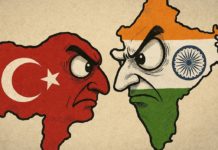
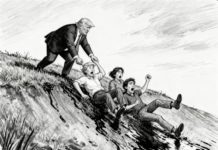






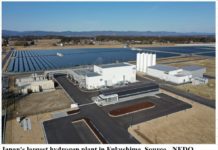
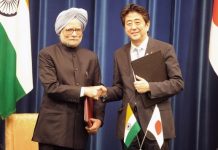


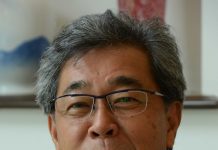




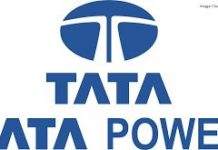
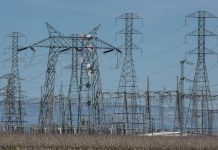
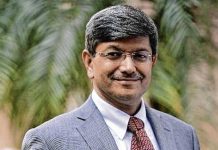
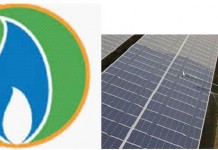


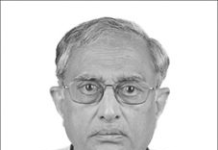

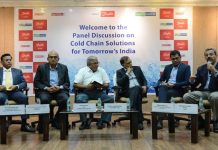
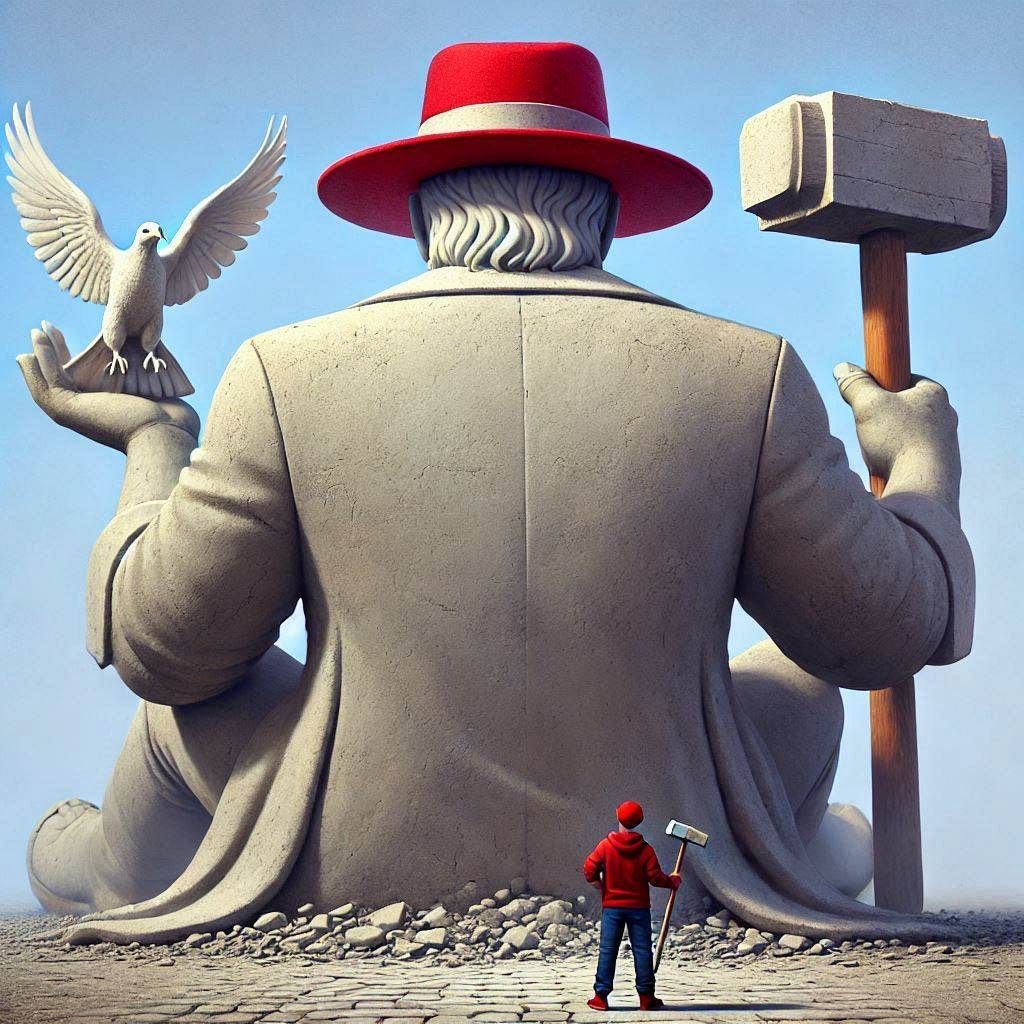



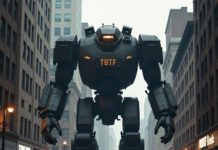
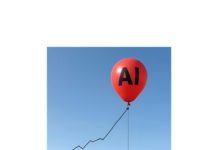






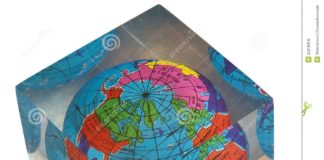
COMMENTS